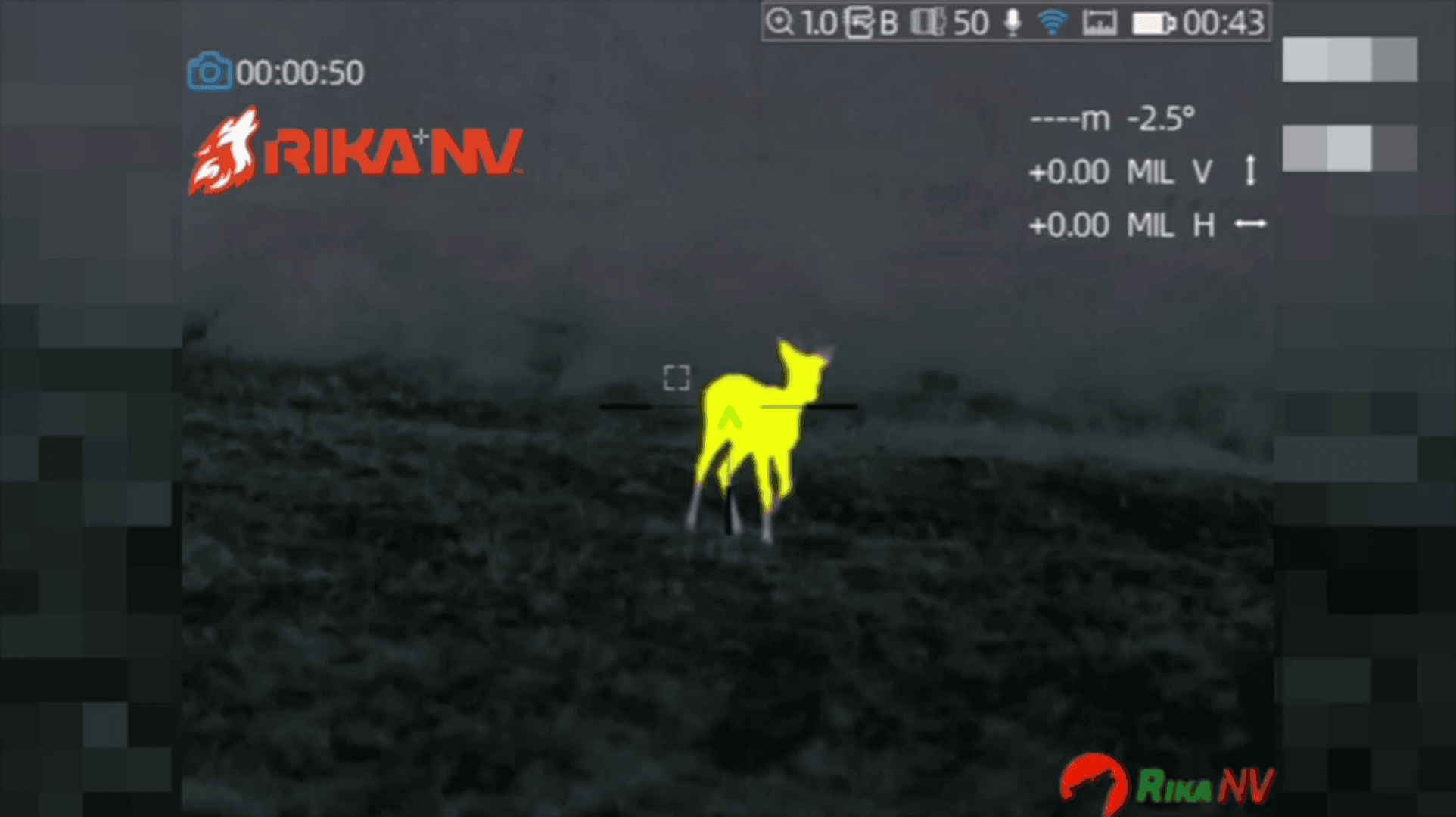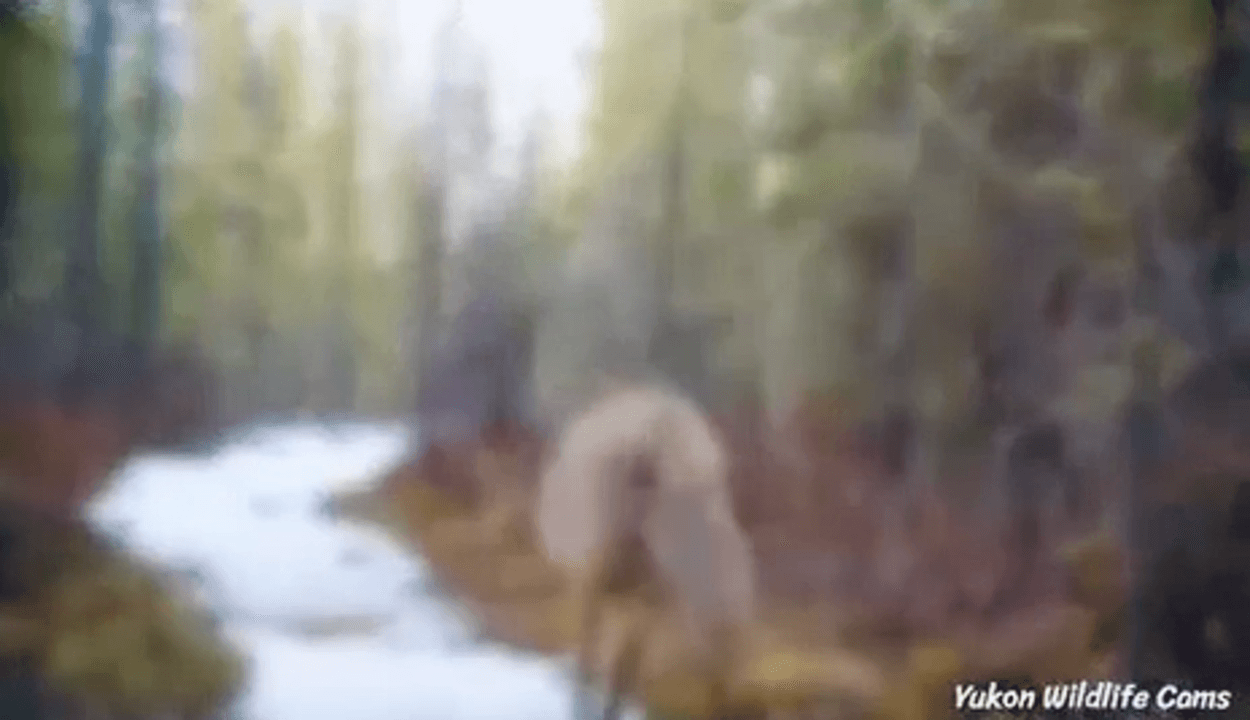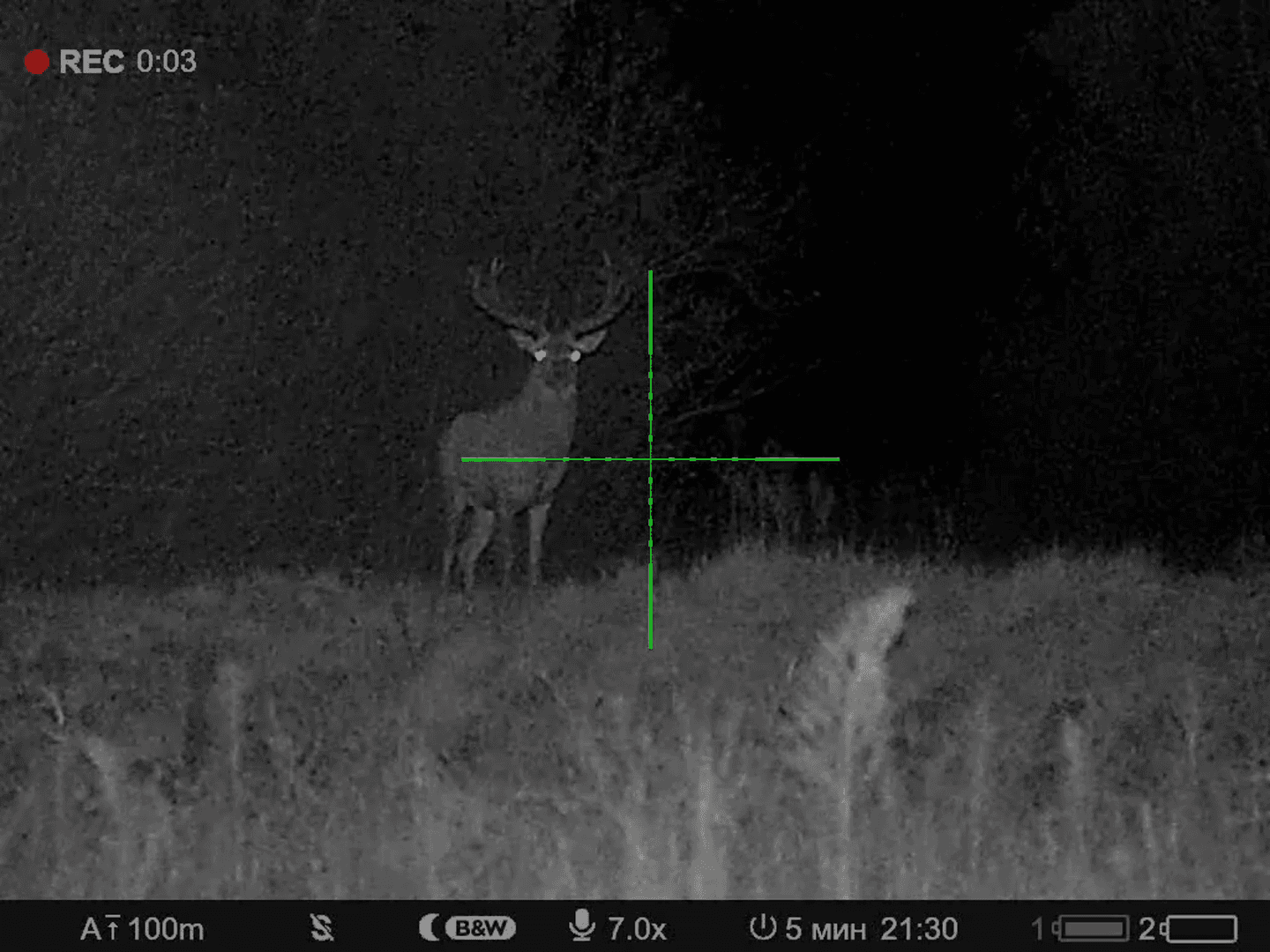
Utah Limited-Entry Hunts: Demographics, Associations and Clubs, Legislation, Hunting Seasons. How to Apply and Increase Your Chances Utah's Unique Hunting Terrain and Natural Features Utah presents a diverse and challenging landscape for hunters, encompassing five distinct geographic regions that create varied hunting opportunities. The state's elevation ranges dramatically from 2,000 feet in the southwest desert to over 13,500 feet in the Uinta Mountains, creating multiple ecosystems within its borders. Approximately 70% of Utah's land is public, managed by federal agencies like the Bureau of Land Management (BLM) and the U.S. Forest Service, offering extensive hunting grounds. The state's unique geological formations, including red rock canyons, alpine forests, and high desert plateaus, create natural barriers and funnel points that influence animal movement patterns. These features are particularly advantageous for strategic hunting approaches. The Great Salt Lake Desert in the we
Post: 19 May 14:41















































